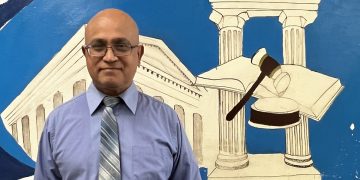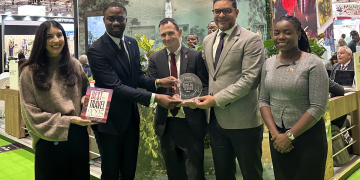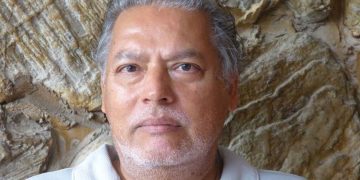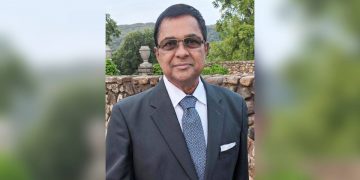Indo Caribbean Hindus in the USA celebrated Ram Naumi (Navami), or the birth or appearance of Lord Rama, last Tuesday April 16. Lord Ram was born in Ayodhya during midday. Hindus celebrated the occasion by fasting and attending the mandir for midday and evening puja services, singing praises to Lord Rama’s name.
In New York, Guyanese and other Caribbean temples were packed to capacity on Tuesday evening with worshippers. Hundreds of thousands of Guyanese Hindus are settled in the greater NY area. Hundreds of thousands of Guyanese Hindus are also settled in other parts of USA. There are dozens of Guyanese Mandirs in the NY metro area, including in Schenectady, New Jersey, Connecticut, Massachusetts, and Pennsylvania. There are also many Guyanese and Trinidadian mandirs in Miami, Ft Lauderdale, Dallas, Houston, Minneapolis, Atlanta and a few other cities where there are large clusters of Guyanese. Guyanese can be found all over America. Guyanese and Trinis patronize each other’s Mandirs.
Ram Naumi is one of the more popular festivals of Hindus, though not in the same category as Diwali or Phagwah. And Hindus thronged Mandirs all over the country.
Ram Naumi is tied to Navratri, the holiest period in the Hindu calendar in the Spring. Hindus have been observing Navratri since April 9. It is a fasting period that culminated with observance of Ram Navami on Tuesday.
Navratri is an auspicious time for marriages, pujas, and new undertakings. Many Hindus conducted puja in their homes or place of business. Just prior to Navratri is known as “Karwas,” which prohibits marriages or poojas or new undertakings.
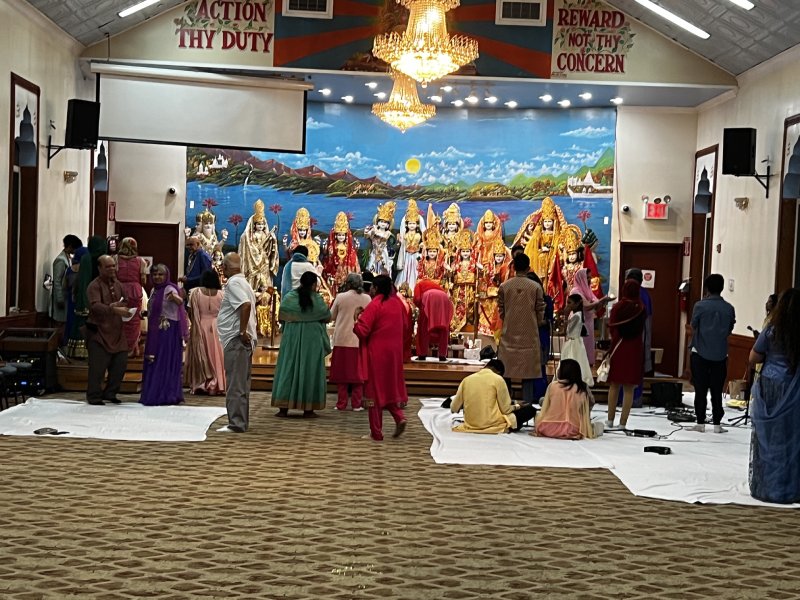 Navratri is one of the most auspicious periods in the Hindu calendar and during this time the feminine aspects of God are worshipped. Temples held discourses from the Ramayana or other holy books, focusing on Goddess Durga, Lakshmi, and Saraswati. On Ram Naumi, the focus was on Lord Rama and reading from the Ramayana.
Navratri is one of the most auspicious periods in the Hindu calendar and during this time the feminine aspects of God are worshipped. Temples held discourses from the Ramayana or other holy books, focusing on Goddess Durga, Lakshmi, and Saraswati. On Ram Naumi, the focus was on Lord Rama and reading from the Ramayana.
Large crowds thronged mandirs for eight or nine nights of religious observance and propitiation of the three Devis and for the birth of Lord Ram. Devotees were well dressed in traditional garb. It was a solemn yet festive occasion. Mandirs were well decorated with multicolored lights and glittering party favors.
Devotees fasted (avoiding meat, fish and eggs) and visited temples and conducted prayers at homes on the preceding days. Many observed a strict fast, avoiding food during the day — some fir a few days and others for over two weeks. Fasting, pandits explained, cleanse the body and mind and is good for the body and the soul. Many performed or sponsored pujas or Ramayana kathas (discourses) as is the custom in Guyana, Trinidad, Suriname, and the Caribbean.
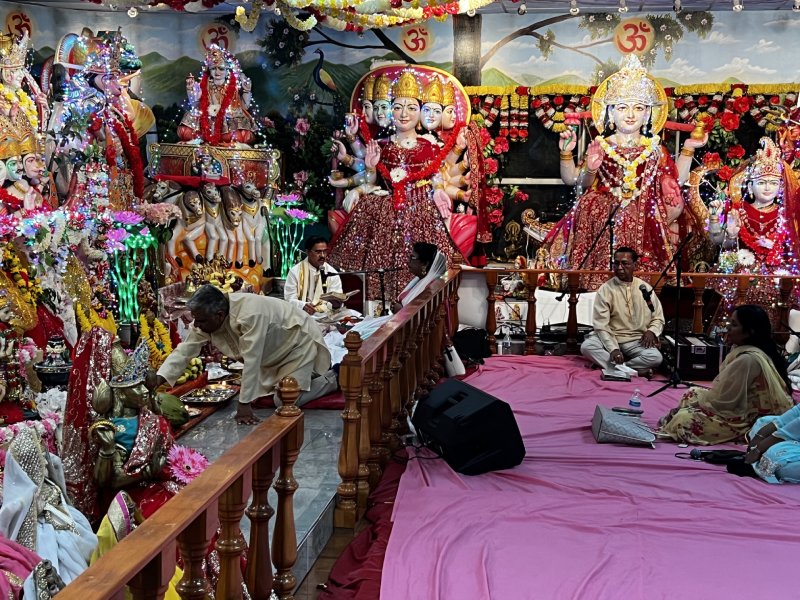 Every mandir held Ram Naumi katha. Pandits explained the relevance of the festival and the significance of Lord Rama. There was bhajan-singing accompanied by drumming and musical equipment, with people clapping to the rhythmic beat. Hindus believe that chanting Lord Rama’s name removes all devotees’ sins and brings prosperity to them.
Every mandir held Ram Naumi katha. Pandits explained the relevance of the festival and the significance of Lord Rama. There was bhajan-singing accompanied by drumming and musical equipment, with people clapping to the rhythmic beat. Hindus believe that chanting Lord Rama’s name removes all devotees’ sins and brings prosperity to them.
At the conclusion of each night’s katha, there was aartee followed by elaborate vegetarian.














